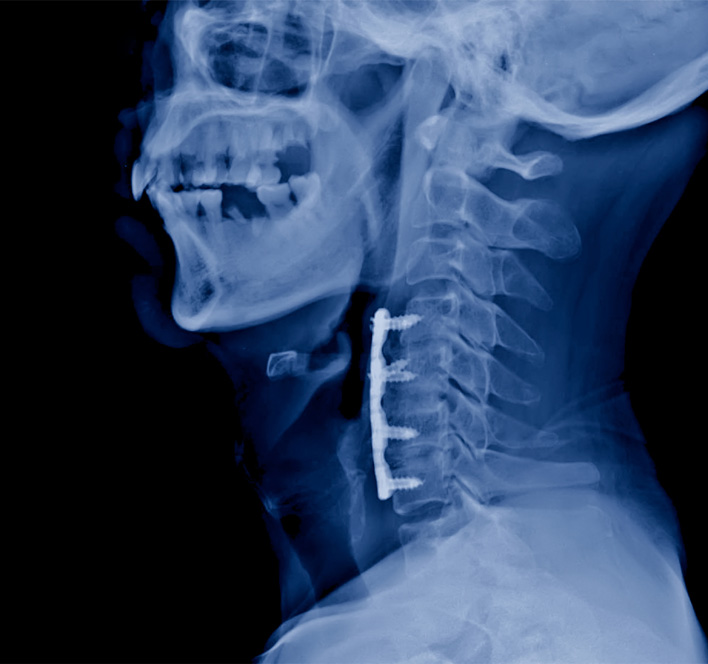Anterior cervical corpectomy and fusion (ACCF) surgery is a common procedure performed by orthopedic surgeons to alleviate neck and arm pain caused by degenerative disc disease, herniated discs, or spinal stenosis. While every patient’s recovery experience may vary, there are some general guidelines to help you prepare for what lies ahead.
If ACCF is the treatment that you need, then make sure you choose the right surgeon for the job. The surgeons at NJ Spine & Orthopedic provide comprehensive care every step of the way. We help you prepare for the surgery as well as the recovery afterward, ensuring that you feel supported and cared for.
4 Tips on What to Expect During Recovery From ACCF
While recovering, there are various aspects you should keep in mind about the process, including:
Discharge From the Hospital
Following your ACCF surgery, you can expect to spend four to five days recovering in the hospital before being discharged to continue your recovery at home. During this time, it is important to understand and adhere to the specific postoperative instructions provided by our team to ensure a successful recovery.
Movement Restrictions for Four to Six Weeks
During the first four to six weeks of recovery, it is crucial to avoid bending and twisting, as well as heavy lifting. You may be prescribed a padded, plastic neck brace to wear during this period, providing additional support and stability for your neck as it heals. While you do not need to bandage your incision, it is important to keep the area open to the air and to avoid covering it unless necessary, such as during a shower. Speaking of showers, you will be allowed to shower, but it is important to keep the incision area covered and dry during this time.
Physical Therapy and Rehabilitation
Physical therapy plays a crucial role in restoring strength, flexibility, and range of motion in the neck and upper extremities following ACCF surgery. Our experienced clinicians will create a personalized rehabilitation plan to help you gradually regain mobility and function, promoting a successful recovery and eventual return to daily activities.
During physical therapy for ACCF surgery, the therapist will focus on exercises and techniques that can help improve muscle strength and endurance, increase range of motion, and reduce pain and stiffness. This may include gentle stretching, progressive resistance exercises, manual therapy, and modalities such as heat or ice therapy. The physical therapist will also provide education on proper posture and body mechanics to prevent strain on the neck and upper extremities.
Be Patient
During the initial stages of recovery, you may experience some discomfort and swelling at the surgical site. You’ll need to avoid certain activities and movements that could exacerbate your condition or impede the healing process. This is an essential period for your body to heal and for the new bone graft to fuse with your spine efficiently. While it may be frustrating at times, remember this phase is temporary, a small step in the broader scope of your health and well-being.
Learn More About ACCF Recovery From NJ Spine & Orthopedic
Recovering from a surgery like ACCF can seem overwhelming, but it largely depends on the support that you receive from medical professionals. With the right care, your recovery gets much easier.
Make sure that you get the right support by partnering with the medical team at NJ Spine & Orthopedic. Our goal is to safely get you through the entire process, not just the surgery. Call us at (866) 553-0612 or use this contact form to find the right medical team to support you through ACCF surgery and recovery.

